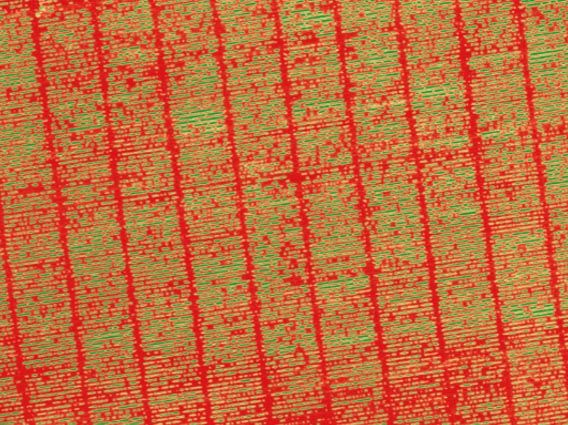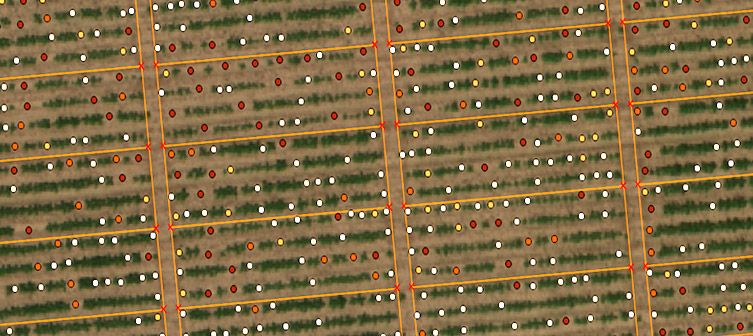Increased yield. Drought resistance. Herbicide resistance. Disease resistance. More protein.
The quest for the perfect crop is a never-ending process. The crop breeder faces a lot of obstacles. As innovation opens the door to new opportunities, some challenges remain. With rapid advances in DNA sequencing technologies, plant phenotyping is now the new bottleneck in advancing crop traits.
- How to increase the number of evaluated plants?
- How to decrease the discrepancies due to the subjectivity of human assessment of traits?
- How to relieve the breeding burden that is so time consuming?
Robots show promising answers.
Since a couple of years, automated platforms appear in the research fields. Equipped with sensors, these robots precisely assess traits of thousands of trials and thus allow to screen more. This creates high throughput analysis pipelines.Among those platforms, there are flying ones: the fixed wings drones, also known as UAVs – Unmanned Aerial Vehicles. Compared to ground-based systems, this “drone – assisted – high throughput phenotyping” solution increases both throughput and precision. Indeed, the drone can encompass thousands of field microplots in a single flight, preventing from confounding effects of environmental changes due to very long plot-to-plot measurement.
Then image processing allows the extraction of remote-sensed traits in a standardized way. Depending on the sensor that has been loaded on the drone, different traits can be screened. Multispectral cameras with well selected bands such as RED (for sensing chlorophyll activity), RED EDGE (sensitive to chlorophyll concentrations) and NIR (for sensing biomass development) are used to map vegetation indexes (ratio of bands that well represent the behavior of plant such as biomass or chlorophyll activity).

On top of it, smart algorithms have been developed to make an inventory of microplots characteristics such as the number of plants or the plant height and to vectorize each microplots boundaries to run statistics of traits at the microplot level.
So, this “drone –assisted-high throughput phenotyping” increases the potential number of crosses that can be evaluated in a year while improving the accuracy of the evaluation – from the measure of the traits to its quantification and evaluation.
Thus, drone solution accelerates the breeding cycle while multiplying up the chance of selecting the right varieties.
New innovations underway
New sensors are in the innovation pipeline: they will enable the assessment of a greater quantity and more specific traits.
On the trait side, the analysis of the kinetic of the traits (with frequent flights over the microplots) will open new opportunities for better understanding of the crop behavior, better benchmark of the trials and last but not least: better seeds placement in the farms. This in key valuing the enhanced knowledge of the crop behavior to choose the seed that will best respond to the local environment. Lots of promises!
Want to know more or contribute to the topic? Let’s meet! Delair-Tech will exhibit its drone solutions for the seed industry at the World Seed Congress in Budapest, from Monday, May 22nd to Wednesday May 24th.
